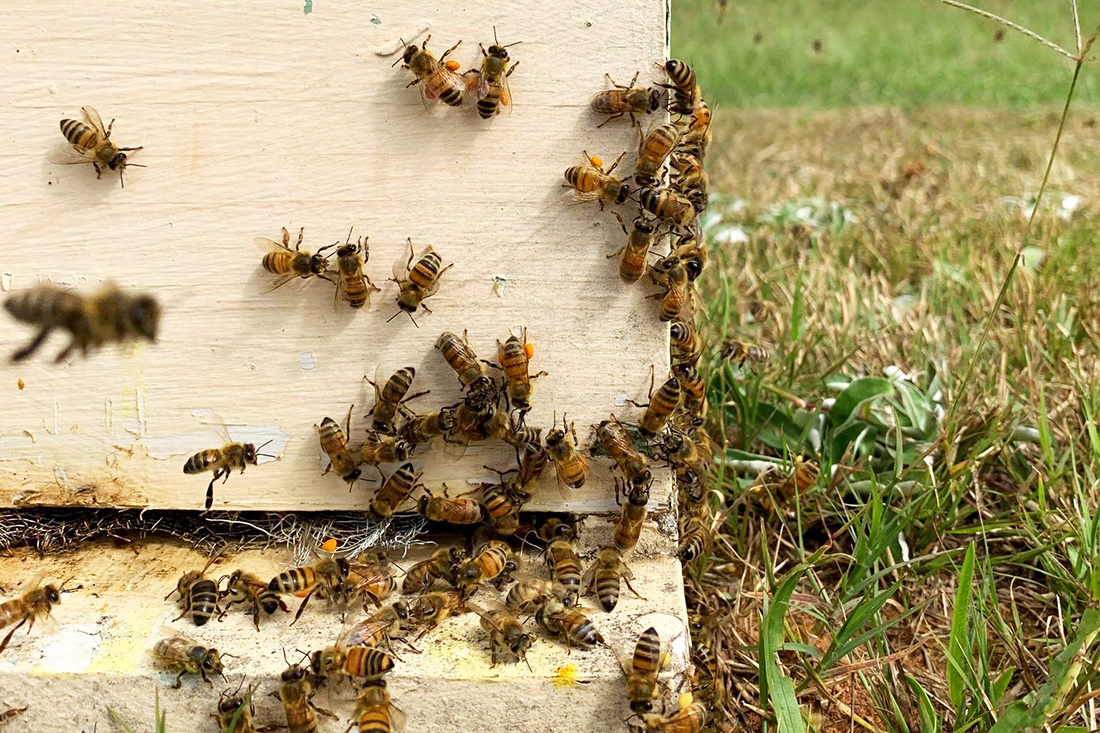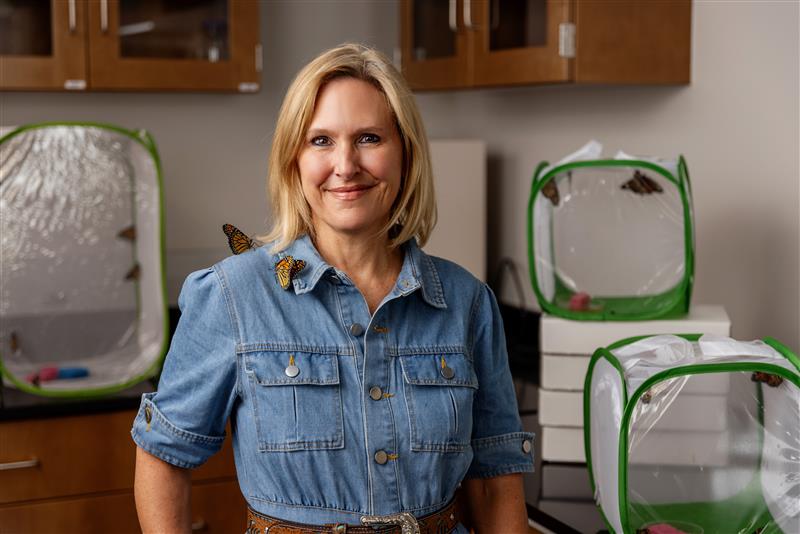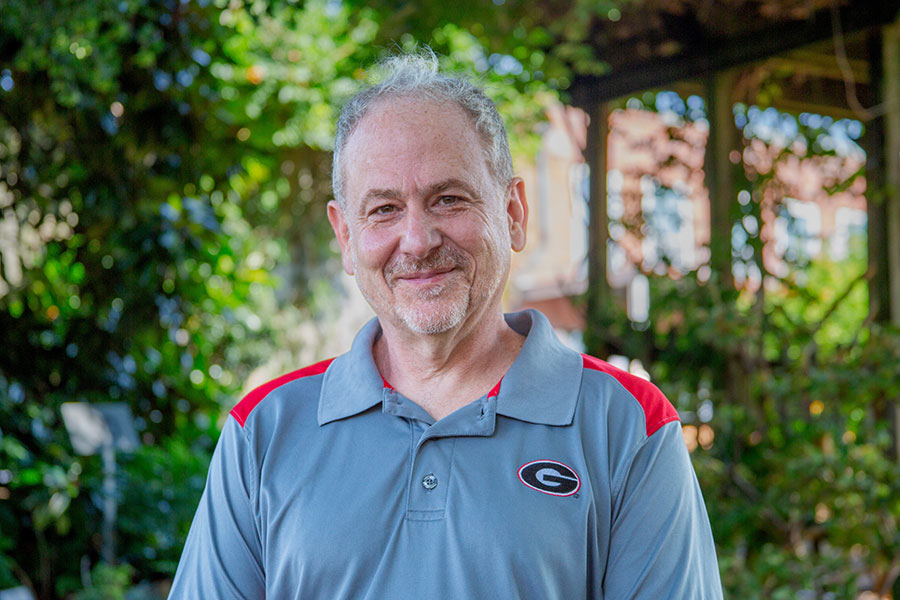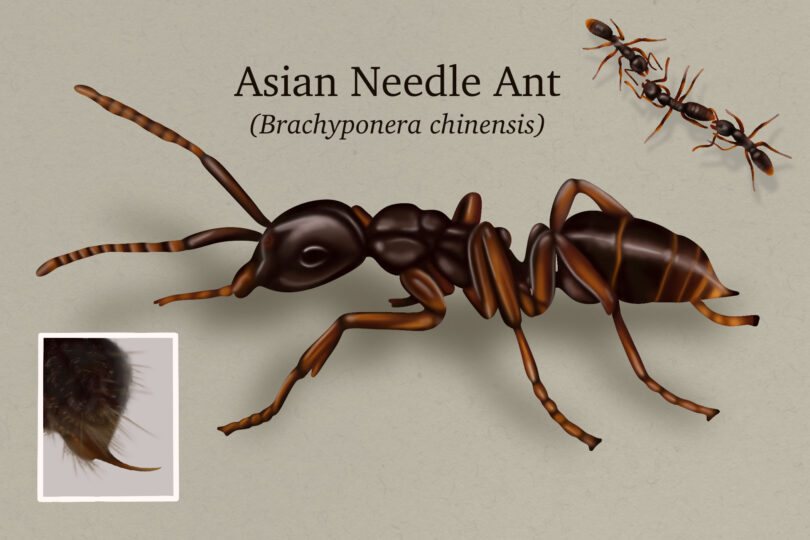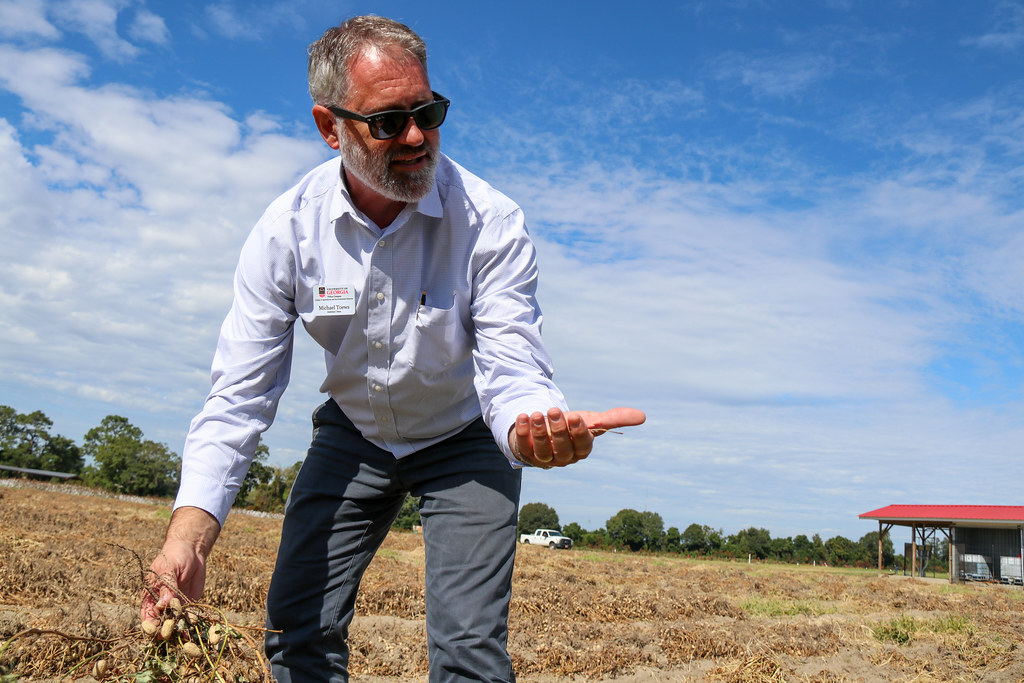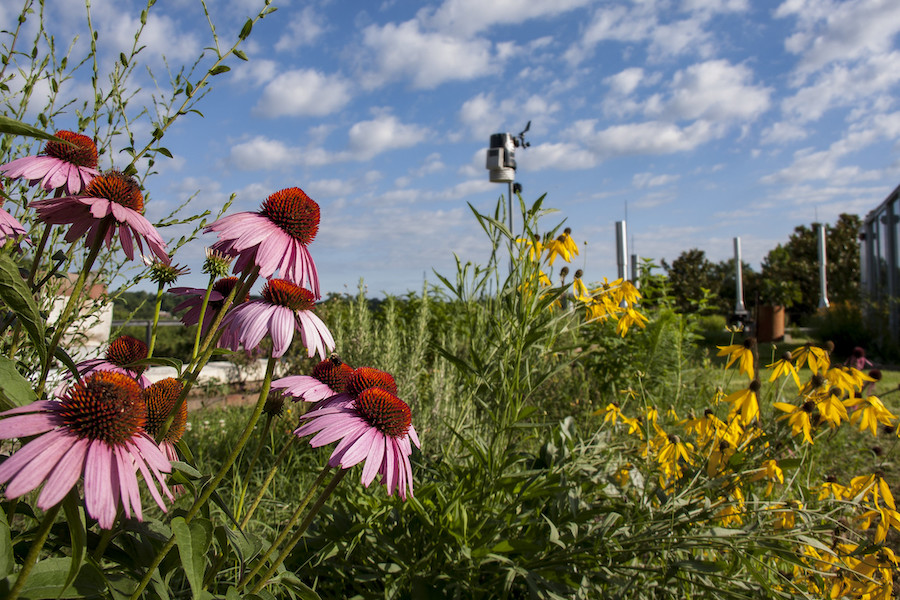
Urban landscapes have become a focus in pollinator conservation. Urban plant selection and landscape maintenance play a critical role in pollinator populations and the preservation of essential ecosystem services.
At the same time, land use is shifting, from forested and agricultural settings to more urban constructs with pavement, commercial buildings and developed housing. Land designated as urban areas in the U.S. increased by approximately 7.9 million acres (3.2 million hectares) from 1900 to 2000.
To explore this critical area of conservation research, last month we published a review article in the open-access Journal of Integrated Pest Management titled “Opportunities for and Impediments to Pollinator Conservation in Urban Settings,” which pulls together case studies done in urban landscapes and points to opportunities for future study and action.
Habitat planning
Effective conservation decisions and planning require careful assessment of the consequences of land-use change and the effects of local and landscape-scale factors on bees, butterflies, flies and other pollinators. Understanding and not underestimating the needs of the various pollinator functional guilds to inform conservation strategies is critical to success.
When choosing plants for a new housing subdivision, which ones provide the best resources for insects? How can other provisions, such has nesting sites, be ensured within an office building development? How critical is the choice of pavement material? These questions should be addressed as urban spaces are created and as older urban areas are revitalized. Research provides us with some answers and gives us some direction.
Diverse pollinator communities can be enhanced and conserved in urban areas through local and landscape-scale efforts. Plant selection with an overall intentional landscape design has the potential to increase the population of beneficial insects.
For example, research done on milkweed (Asclepias spp.) and monarch butterfly (Danaus plexippus) habitat gives us guidance on habitat planning for these insects.
In all insect habitats, the use of integrated pest and pollinator management (IPPM) practices should be commonplace, and, for homeowners, a habitat assessment guide can be a valuable tool.
Engaging public opinion, citizen science
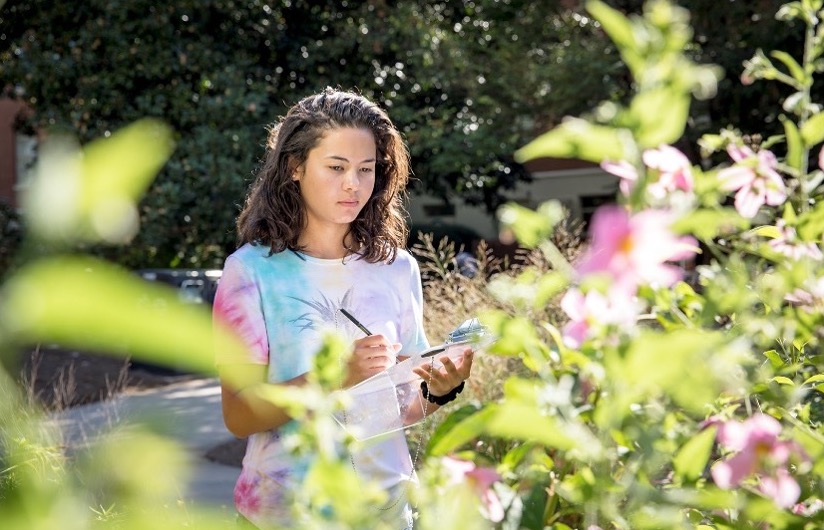
Education and communication are also key elements needed to engage policy makers to move conservation forward at the accelerated pace required to address current challenges (e.g., rapid urbanization) and impending ones (e.g., climate change, invasive species). The public perception of insects and insect habitat is a consideration here.
One case study showed that overcoming negative attitudes about insects is possible when the public is provided with information about an insect’s value and services. Promotional efforts and workshops educating stakeholders on the importance of insect ecosystems can yield policy changes favorable to pollination conservation. Protection of urban pollinators and the ecosystem services that they provide requires that we move from reactive to proactive activities that tie together regional efforts.
Meanwhile, citizen-science initiatives can be effective ways to communicate essential information, garner public support, and acquire valuable data concerning pollinators in a cost-effective manner. For example, the Great Georgia Pollinator Census provides resources to educators, giving them the tools to educate students about pollinators while empowering all citizen-scientists to become pollinator advocates in their communities.
Improving our knowledge of bee life history, phenology and nesting sites is essential. Understanding the role and lifecycles of lesser-known pollinators like flies and wasps is vital, while there is a critical need to expand our available taxonomic expertise.
For example, syrphid flies (Syrphidae spp.) provide both pollination and biological pest control, yet there are significant gaps in our understanding of this dual role. With the economic value in the U.S. of ecological services, including pollination by “wild” insects, estimated to be at least $57 billion, understanding these insects is imperative.
Our review of these recent case studies gave us the chance to pull together research, resources and ideas that can provide some next steps in pollinator conservation as well as research opportunities. These studies include integrated elements of pest and pollinator management through plant selection, landscape and recreational area design, and community engagement with the goal of pollinator conservation. We also included decision-making resources that can be useful for planning.

